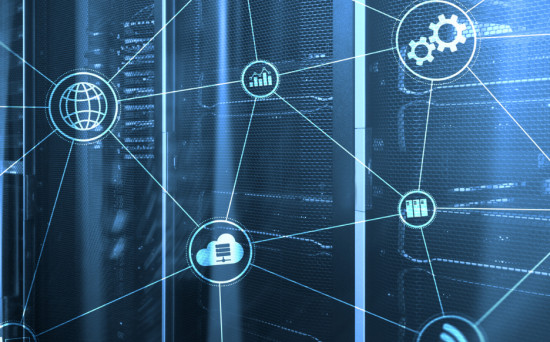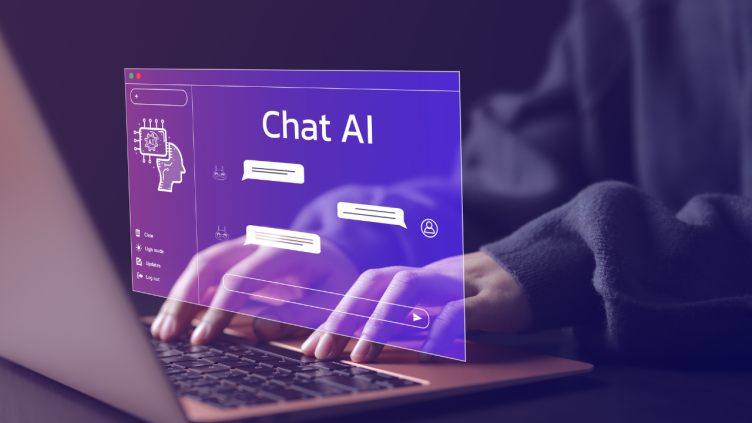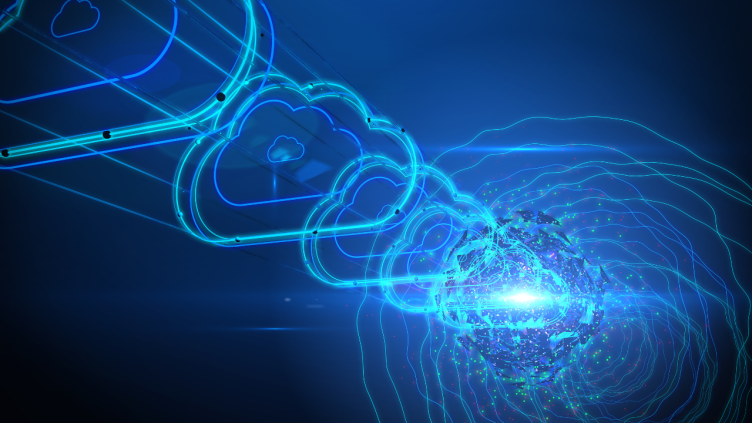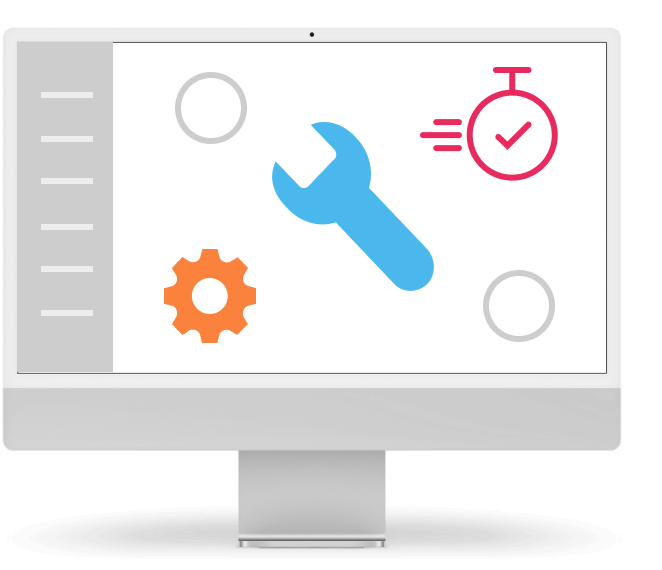From Soil to Pixels: Agriculture on Steroids thanks to IoT
Content
We are entering the era of technological innovation and digital transformation metamorph the agricultural environment in a way never seen before.
Internet of Things (IoT) brings new options but also revolutionary approach to agriculture. Thanks to interconnected devices, sensors and data analysis, agriculture opens the door to efficiency, accuracy and sustainability never thought of before.
Smart Agriculture and IoT in Action
In today’s digital age, agriculture is slowly transforming thanks to the use of IoT and other modern technologies. This new approach revolutionizes the way agricultural and food production are organized. Let’s look at it and the benefits.
More Accurate Agriculture
IoT plays a key role in accurate agriculture. Thanks to a net of devices and sensors, you can monitor and collect data regarding soil, humidity, temperature, light and other relevant information. These data allow you to make the best decisions regarding irrigation, fertilization and harvest – leading to efficiency and sustainability.
Connecting sensor data, satellite images and worker information enables precise planning of individual steps whose result is much more predictable and influencable than in previous decades.
Automation and Robotization
IoT technologies enable autommation and robotization of many agricultural processes. Thanks to that, you can manage hard and repetitive tasks – sowing, harvesting and milking without the need for human interference. This increases productivity and lowers the dependance on physical labor.
Implementing these modern processes enable an efficient combination of smart machines and professionals. This cooperations leads to an efficient method and immediate resolution of potential problems.
Predictive Agriculture
Thanks to IoT ana Big Data analysis, you can use a predictive approach. Sensors monitor the state of crops and living conditions of animals and based on the analysis, they can predict potential problems and pests. This leads farmers to react in time and minimize potential losses.
This potential will be used more and more due to the changes happening ass a result of climate change, frequent weather swings and uneven layout of precipitation throughout the year.
Sustainability and the Environment
IoT can contribute to bigger agricultural sustainability. Thanks to more accurate data and better monitoring, you can lower consumption of water, energy and fertilizer which benefits the environment. Futher, IoT enables monitoring of biodiversity – a key element of sustainable agriculture.
It is also easier to plan the use of spraying – the data tells the best time and weather conditions that match the ideal conditions for this activity most closely. If this is not planned properly, the bad weather conditions can negatively impact the environs.
Conclusion
Transformation through IoT offers not only a significant increase of efficiency and productivity but also offers new opportunities to innovate and develop sustainably. Farmers knowing how to utilize IoT potential can reach higher efficiency, lower costs and competitive advantage on the market. The time has comme to adapt and utilize all the options this new era brings.




